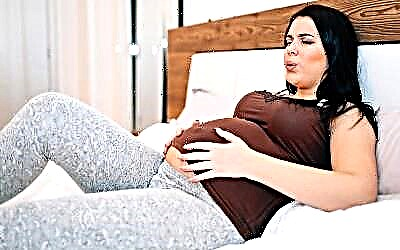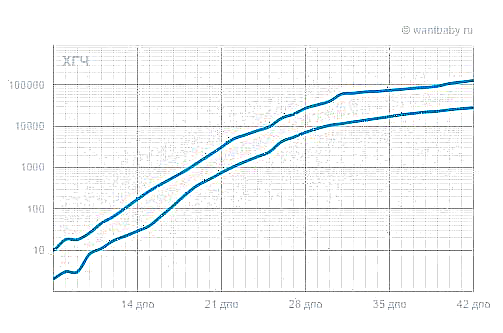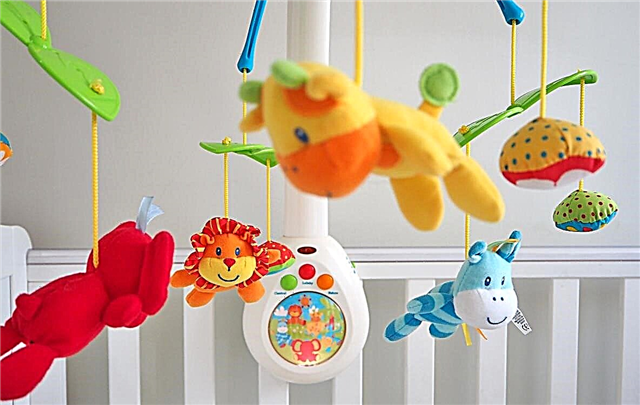
A cute toddler, who undoubtedly made parents and other relatives happy with his birth, can greatly perplex adults - rough and ugly crusts may appear on his head. Moms immediately start looking for the cause of what is happening and a way to eliminate it. In this material we will tell you what the so-called milk crusts are and what the famous doctor Yevgeny Komarovsky thinks about them.
What it is?
Milk crusts are popularly called physiological seborrhea. Seborrheic whitish or yellow crusts in the scalp, behind the ears of the baby - a fairly common phenomenon, and it should not be scary.

The crusts on the baby's head only look unsightly, they do not cause any significant inconvenience to the child: they do not hurt or itch. This seborrhea is not contagious. Also, its appearance cannot be considered a sign of poor or insufficient care of the baby. Even a very clean mother, who closely monitors the child and devotes a lot of time and effort to caring for him, may encounter seborrheic formations on the baby's head.

Earlier, seborrheic dermatitis was popularly called "generic mud", although, of course, plaques on the baby's head have nothing to do with dirt or childbirth.
Causes of occurrence
The reason for the appearance of seborrhea in infants is traditionally considered the age-related feature of the sebaceous glands. It is where the glands are most located, and yellowish plaques appear, terrifying impressionable mothers.
However, the sebaceous glands work excessively in all babies without exception, but not everyone has a milk crust. The main "provocateur" of plaque formation is the yeast-like fungi Malassezia restricta and Malassezia globosa. They are on the skin of each of us, fungi are not considered pathological flora.

Fungi feed on the secretion of the sebaceous glands. Infants develop a lot of secrets, and the immune system is not yet able to “track” and regulate the number of colonies. Because of this, their growth occurs, which leads to the formation of a crust.
Milk crusts are very widespread: they are recorded in every fourth child aged from birth to six months. A child at this age is strongly influenced by the innate maternal hormonal background, which contributes to the activity of fungi.

Most often, "generic dirt" manifests itself in winter, when the parents spare no effort to dress the child warmly and warm the room. The heat in the room, a warm cap, increased sweating in this regard, provoke the development of seborrheic dermatitis. Sometimes excessive hygiene is a provoking factor: daily bathing with soap, as well as the use of cosmetics that are too aggressive for the baby.

Expert opinion
The well-known children's doctor and author of numerous books for parents, Evgeny Komarovsky, claims that seborrhea for babies is an absolutely normal and physiological phenomenon. She worries not the child himself, but his parents, since it does not fit into the idea of aesthetics. Milk crusts begin to bother the child only when parents unleash large-scale actions to eliminate them.
Remember: the child is worried about the parental actions, and not the plaques themselves on the head and behind the ears.

Komarovsky advises to contact a pediatrician only if seborrhea is extensive and plaques appear not only on the child's head, but also on the face, neck, body, groin. It is possible that such seborrhea is hereditary. The child may need to prescribe medicated cosmetics for scalp care.
Do I need treatment?
It should be noted that congenital seborrhea is very rare. It is not subject to much correction. But the good news is that most children still have acquired seborrhea - those same milk crusts.
Yevgeny Komarovsky claims that their treatment is not mandatory: plaques and scales will pass on their own.

Even if nothing is combed out, or lubricated or removed, the crusts will disappear on their own at about the age of six months to a year. But if parents are completely unbearable to observe such a phenomenon in their beloved child, they can be removed. If you do it right, there will be no harm to the child.
How to remove?
Evgeny Komarovsky advises leaving children with long hair alone. Sometimes a child has a rather impressive head of hair at six months already, it's a pity to cut it, because the baby looks so beautiful with her. It is uncomfortable for children with long hair to comb out the crusts, and this will cause unpleasant sensations for the children themselves. The parents have two options, according to Komarovsky: leave everything as it is and wait until the crusts pass on their own, or cut the child and start combing them out. The choice is up to the parents.

In order to remove the crusts, Evgeny Komarovsky advises using any vegetable oil. They soften the scalp by gently rubbing it into the plaques. Also, parents will need a small, dense comb - always with blunt teeth! Sharp teeth can injure the scalp and cause pain that the child does not need to endure.
After careful combing, the child should be bathed with baby soap to remove the remnants of vegetable oil from the skin - the skin must breathe freely.

There are other ways to remove milk crusts. Some doctors recommend doing this with your fingers, while some recommend daily moisturizing with baby cream.
It is strictly forbidden to remove plaques with tweezers and other sharp objects, since such removal is dangerous by trauma to the deeper layers of the skin and the development of inflammation.
Prevention
Experienced parents know that milk crusts are quite insidious - they can appear again. To avoid this unpleasant phenomenon, you should maintain sufficient air humidity in the room. Evgeny Komarovsky recommends buying a humidifier and adjusting it to maintain air humidity at 50-70%.

You should not wash the baby's head too often with soap, even if it is hypoallergenic, baby. Any soap is an alkaline medium that dries out the delicate baby skin and provokes the sebaceous glands to work excessively to moisturize the skin at any cost.
For information on how to properly remove seborrheic crusts on the head of a baby, see the next video.



